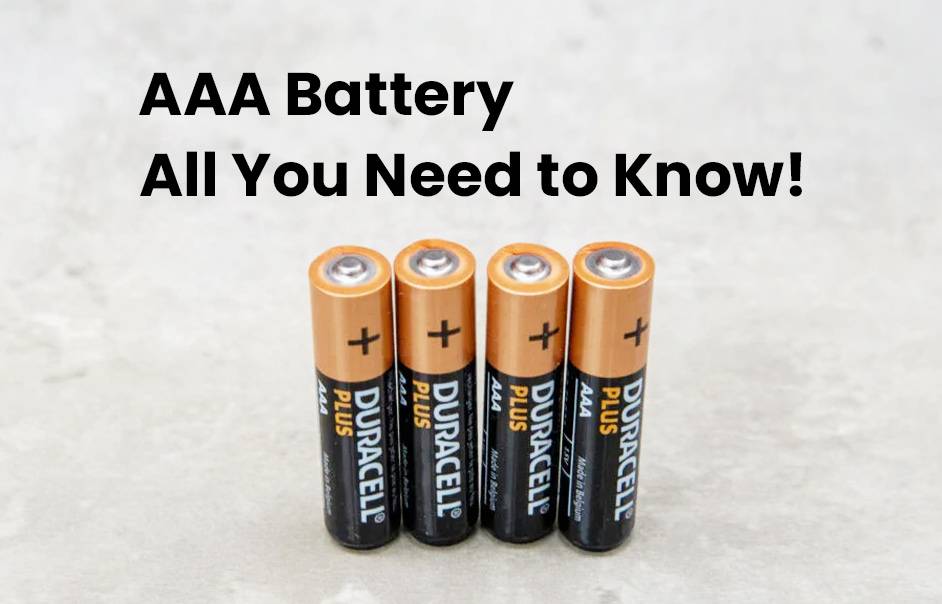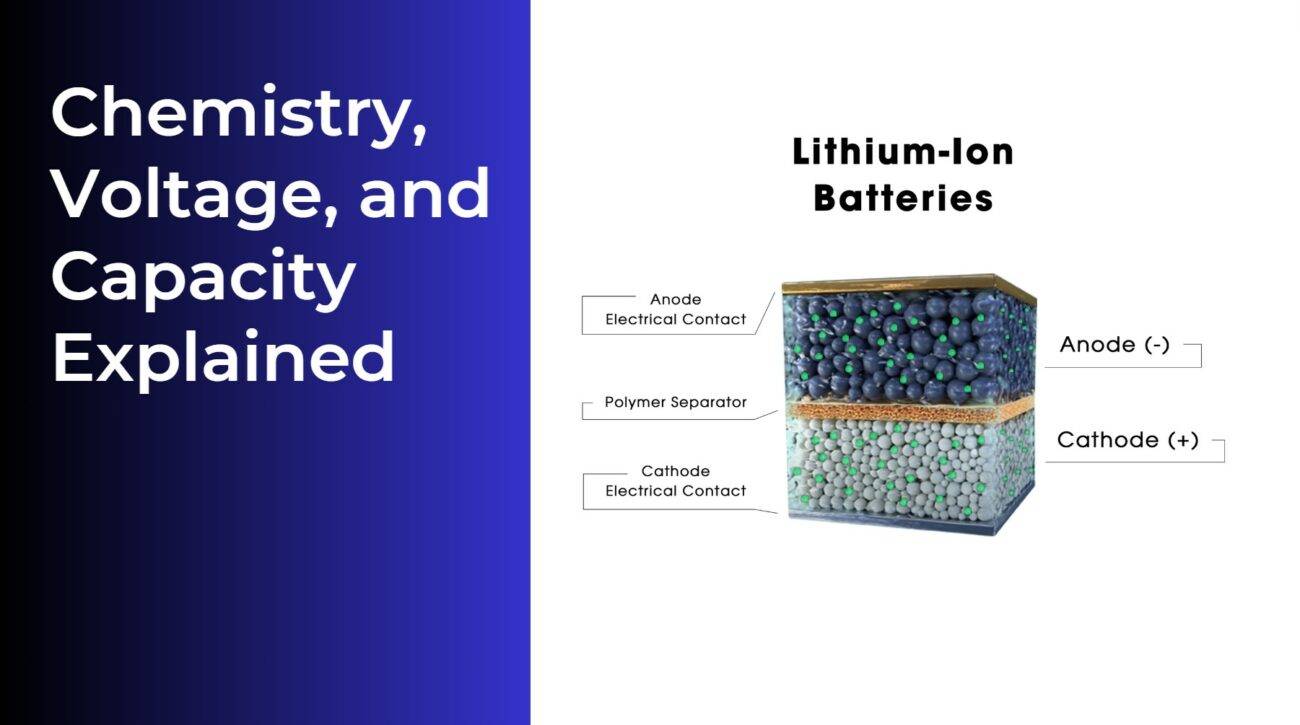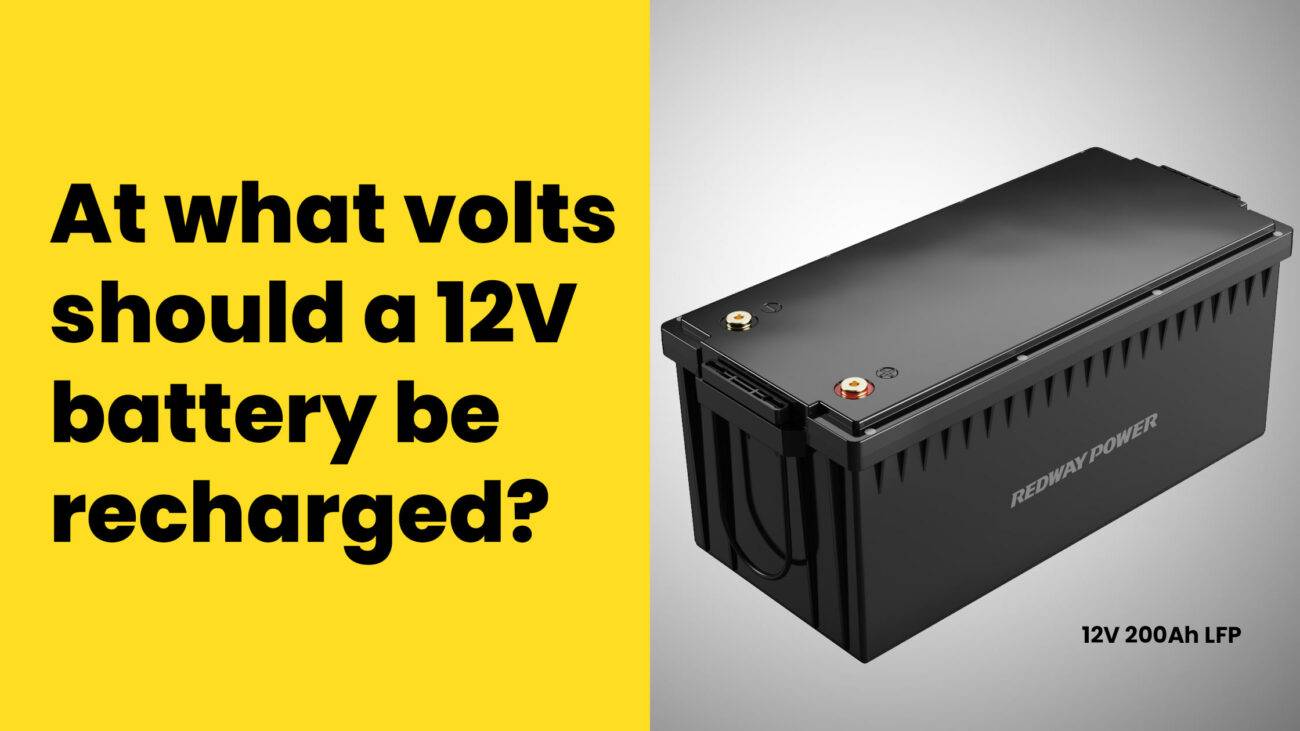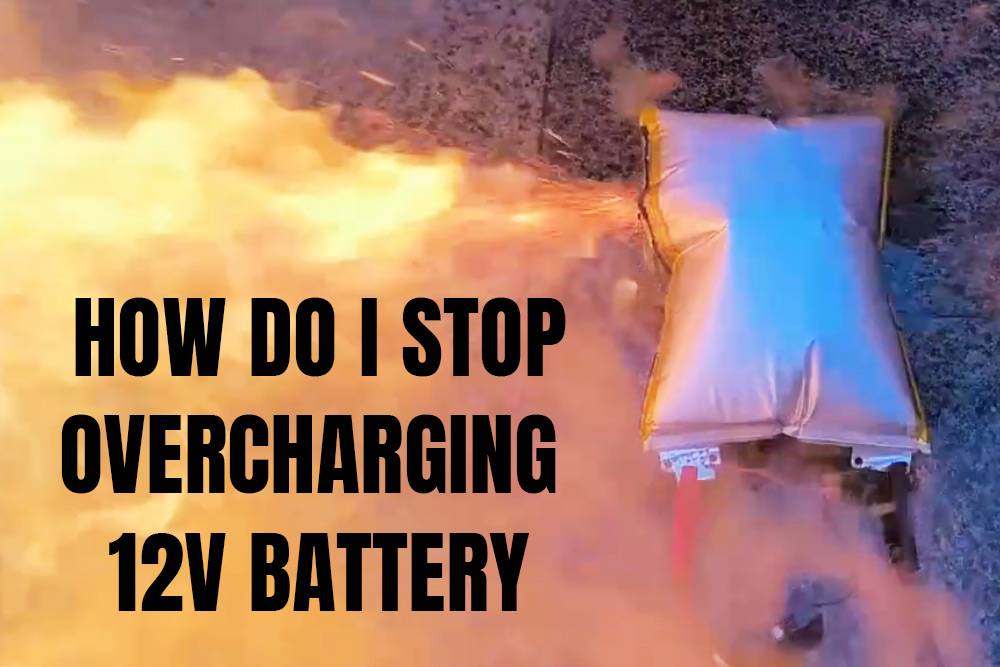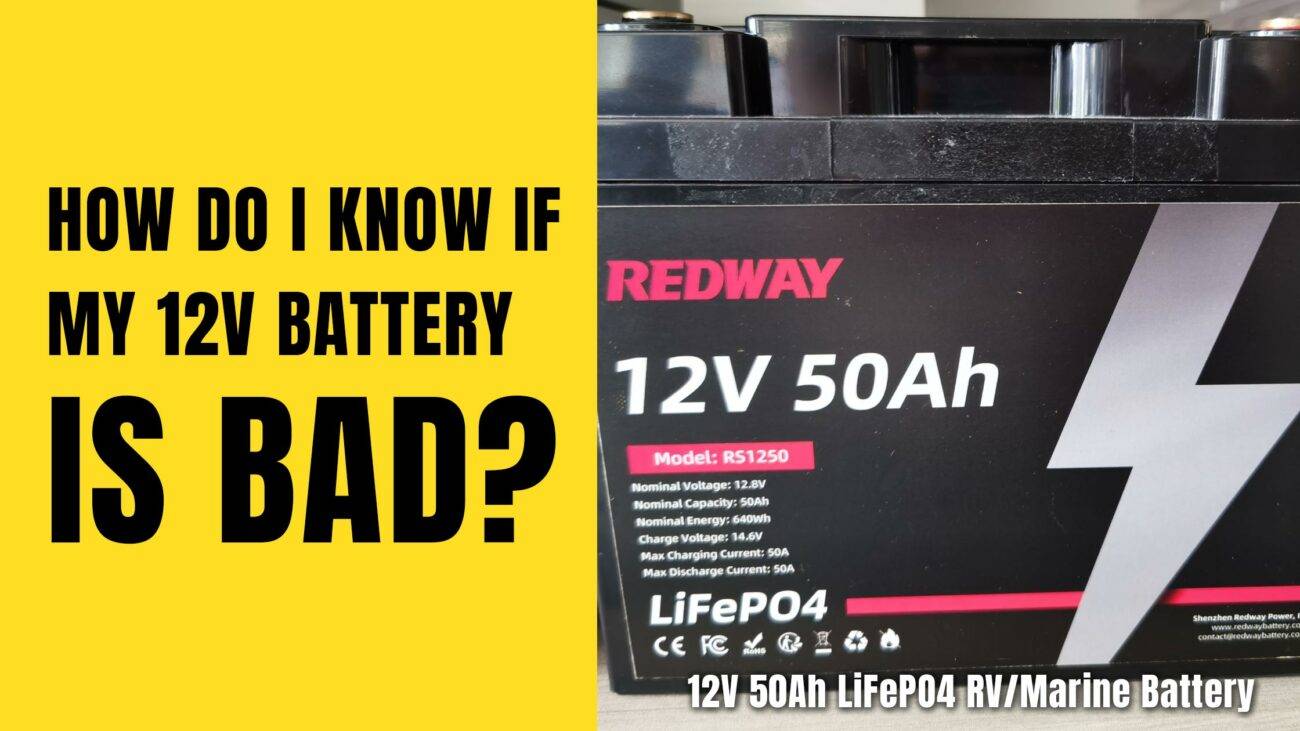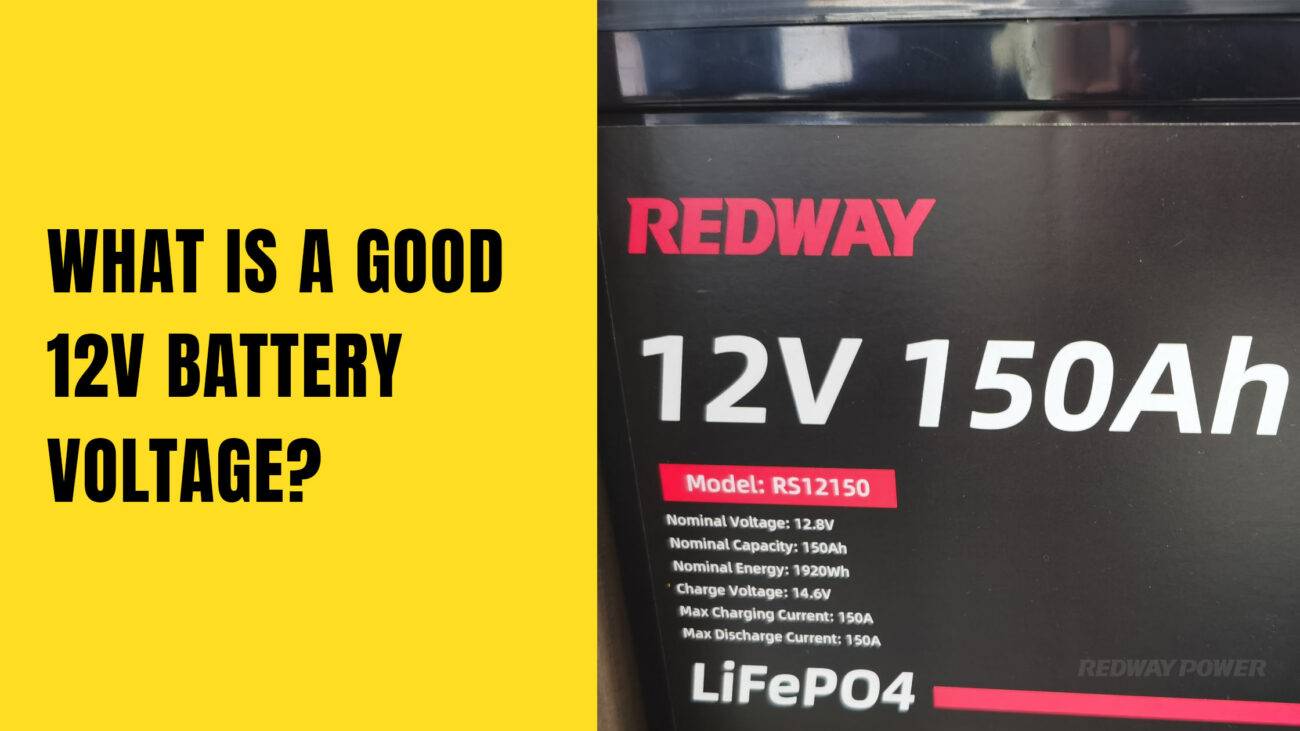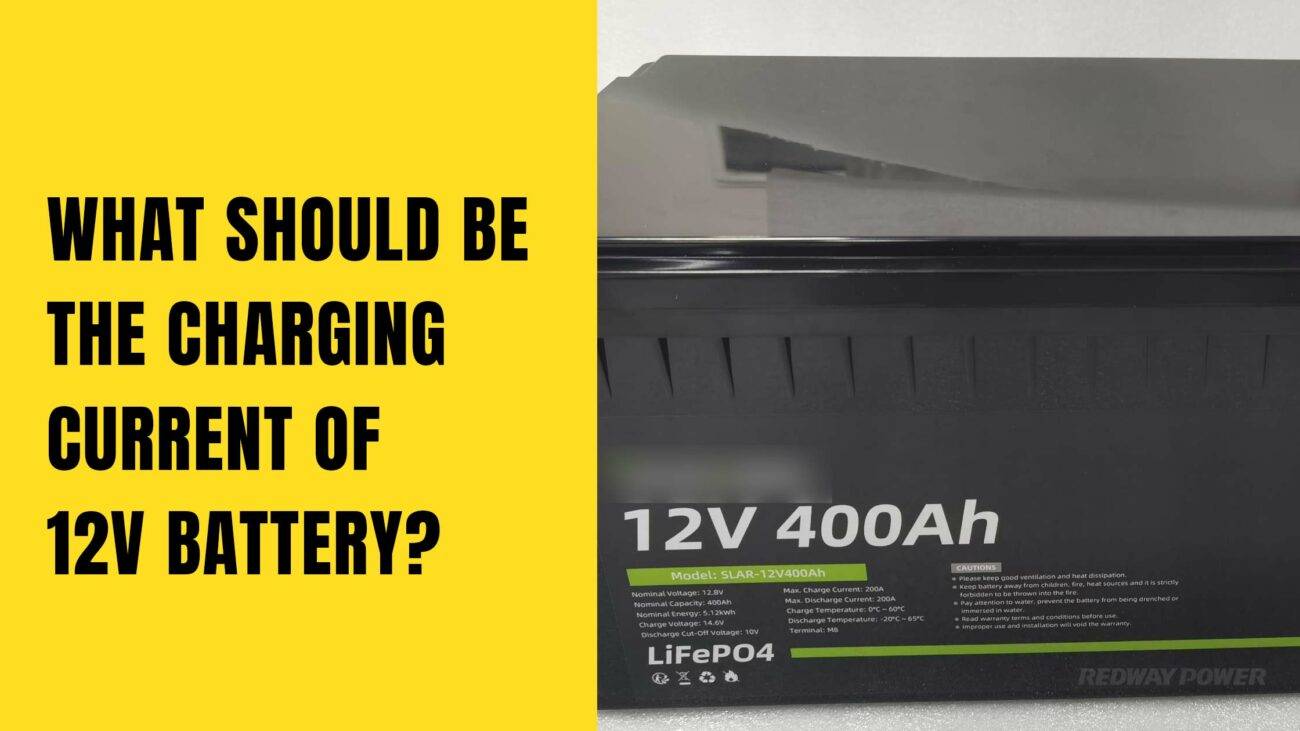
Blog
How Does Voltage in an AAA Battery Work?
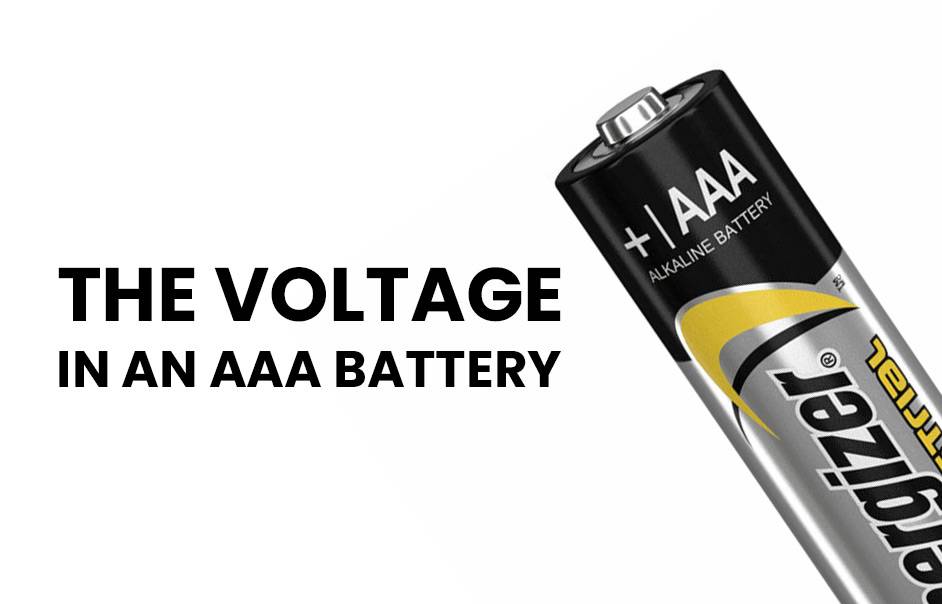
The voltage in an AAA battery typically ranges from 1.5 volts for alkaline and lithium types, to about 1.2 volts for rechargeable NiMH and NiCd versions. It represents the electrical potential difference generated by chemical reactions within the battery that pushes current through a device, powering small electronics efficiently. Understanding AAA battery voltage helps choose the right battery type to ensure optimal device performance and battery life.
What Is the Typical Voltage of an AAA Battery?
AAA batteries commonly provide a nominal voltage of 1.5 volts for disposable alkaline and lithium cells, which is the standard powering many low-drain devices. Rechargeable AAA batteries such as nickel-metal hydride (NiMH) or nickel-cadmium (NiCd) cells produce around 1.2 volts due to their different chemistry. This voltage difference affects device compatibility and runtime performance.
How Does the Chemistry of AAA Batteries Affect Voltage?
The battery chemistry determines voltage output: alkaline and lithium AAA batteries release about 1.5 volts, maintaining stable power over their discharge cycle. Rechargeable NiMH and NiCd AAA batteries deliver about 1.2 volts but benefit from rechargeability and consistent voltage under load. Advanced lithium-ion AAA batteries may maintain voltages near 1.5 volts with longer life and stability.
How Does Voltage Work Inside an AAA Battery?
Voltage arises from electrochemical reactions between the positive (cathode) and negative (anode) materials separated by the electrolyte. This potential difference creates the force needed to drive electrons through an external circuit, powering devices. The internal chemistry and design set the nominal voltage level, with materials like manganese dioxide and zinc commonly used in alkaline AAA cells.
What Happens to Voltage as an AAA Battery Discharges?
As a battery discharges, its voltage gradually declines from its nominal level (1.5V for alkaline) toward lower values, typically dropping below 1.2 volts when nearly depleted. Voltage drop corresponds to reduced chemical energy and increased internal resistance, eventually causing devices to malfunction or shut off when voltage falls beneath operational thresholds.
How Does Voltage Impact the Devices Powered by AAA Batteries?
Devices specify voltage requirements to operate safely and efficiently. Using batteries with incorrect voltage can lead to premature shutdowns, erratic behavior, or damage. For example, devices designed for 1.5V alkaline cells may operate less reliably or with reduced brightness or power when powered by 1.2V rechargeables. Matching voltage and battery type is crucial for optimal device function.
How Can You Measure the Voltage of an AAA Battery?
Measuring AAA battery voltage is done using a digital multimeter set to DC volts. By placing the red probe on the positive terminal and the black probe on the negative terminal, you can see the current voltage reading. Fresh alkaline or lithium AAA cells typically show around 1.5 volts, while rechargeable cells should read close to 1.2 volts. Voltages significantly below these values indicate a depleted or faulty battery.
AAA Battery Voltage Voltage Ranges Chart
| Battery Type | Nominal Voltage (V) | Fresh Voltage Range (V) | Depletion Voltage (V) |
|---|---|---|---|
| Alkaline AAA | 1.5 | 1.5 – 1.6 | ~1.2 or below |
| Lithium AAA | 1.5 | 1.5 | ~1.3 or below |
| NiMH/NiCd Rechargeable | 1.2 | 1.4 – 1.45 | ~1.0 or below |
| Lithium-ion AAA (special) | ~1.5 | ~1.5 | ~1.2 or below |
Why Is There a Voltage Difference Between Disposable and Rechargeable AAA Batteries?
Rechargeable batteries have different chemistry that yields a lower nominal voltage (1.2V) but allow multiple charge cycles, making them cost-effective and environmentally friendly over time. Disposable alkaline batteries provide higher voltage but once depleted, must be discarded. Devices designed specifically for rechargeable cells accommodate lower voltage to maintain performance.
How Does Temperature Affect AAA Battery Voltage?
Extreme temperatures impact chemical reactions inside AAA batteries. Cold temperatures slow reaction rates, causing voltage and current output to drop temporarily, while high heat can accelerate degradation and voltage decline over time. Proper use and storage conditions preserve voltage stability and battery life.
Can Multiple AAA Batteries Be Combined to Increase Voltage?
Yes, connecting multiple AAA batteries in series adds their voltages together. For example, three 1.5V alkaline AAA batteries in series produce 4.5 volts total, suitable for devices requiring higher voltage inputs. Series connection is common in battery packs to match device voltage requirements.
How Does Redway Power Support Voltage Stability in Battery Manufacturing?
Redway Power employs advanced Manufacturing Execution Systems (MES) for quality control and precision in lithium battery pack production. This ensures AAA and other battery packs deliver consistent voltage outputs, optimized chemical stability, and longer life spans for applications ranging from consumer electronics to industrial devices.
What Are Tips to Maximize AAA Battery Voltage and Performance?
- Use the right battery chemistry for your device’s voltage requirements.
- Avoid mixing old and new batteries to prevent voltage imbalance.
- Store batteries in cool, dry places to maintain chemical integrity.
- Use quality brands like Redway Power for reliable voltage stability and capacity.
Redway Power Expert Views
“Understanding voltage behavior in AAA batteries unlocks better device compatibility and usage efficiency. At Redway Power, our MES-controlled processes guarantee battery packs deliver consistent voltage and reliability that power innovation across everyday and professional applications. Choosing the right battery technology ensures devices operate optimally and batteries last longer.” — Senior Battery Engineer, Redway Power
Conclusion
Voltage in AAA batteries is a fundamental characteristic defined by battery chemistry and design, typically around 1.5 volts for alkaline and lithium disposables and about 1.2 volts for rechargeable NiMH and NiCd cells. This voltage powers small electronic devices efficiently, but varies as batteries discharge or under different temperatures. Understanding and measuring this voltage helps users select the right batteries for their devices and optimize performance. Trusted manufacturers like Redway Power enhance voltage stability and battery reliability through advanced manufacturing and quality control.
FAQs
Q: What voltage does a fresh AAA battery have?
A: Alkaline and lithium AAA batteries have about 1.5 volts, while rechargeable types have approximately 1.2 volts.
Q: Can I use rechargeable AAA batteries in devices designed for alkaline?
A: Yes, but devices may operate with slightly reduced performance due to lower voltage unless designed for rechargeables.
Q: How do I check if my AAA battery is still good?
A: Use a multimeter to measure voltage; a reading significantly below nominal indicates replacement is needed.
Q: Why does AAA battery voltage drop under load?
A: Internal resistance causes voltage sag during use, especially in smaller batteries or high-drain devices.
Q: Does Redway Power manufacture AAA batteries?
A: Redway Power specializes in OEM lithium battery packs for various applications, focusing on quality and voltage consistency.





